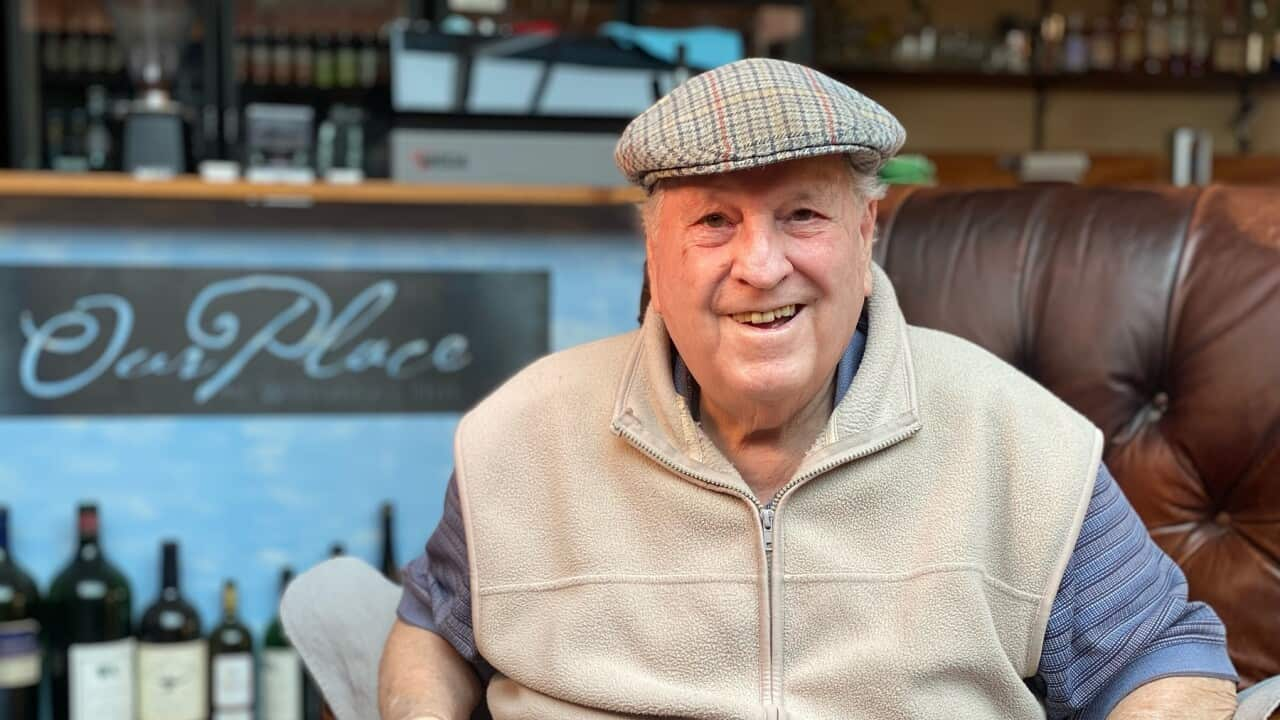Enzo Clappis has been making gnocchi for more than eight decades.
“86 years – 86 years I’ve been making it. I started when I was six.”
Today he’s teaching his great grandchildren.
Enzo Clappis arrived in Australia in 1951 after fleeing post-war communism.
He was 17 years old.
“I'm more Australian than Italian, but I'm proud that I introduced my Italian food. I learned quite a bit when I used to learn in Italy how to cook. And when I come here, I found that I was the first Italian cook in Adelaide.”
In 1966 he set up Adelaide’s longest running Italian restaurant, Buonasera.
Back then he could only find olive oil in medicine bottles at the pharmacy.
He says the pharmacist was shocked when he asked for two dozen bottles.
“I said can I have 24, little bottles, two dozen, he said, 'You better go and see your doctor before I give it to you.' I said, But I'm Italian. I said, with olive oil, I dress the salad!"
At 91 Enzo Clappis is still in the kitchen, cooking alongside his son Andy, who’s worked with his father since he was seven years old.
Andy Clappis recalls opening his first bottle of wine at Buonasera restaurant when he was just seven years old.
“But I used to help, even before the Buonasera. I remember helping Mum and Dad do Sunday lunch at home, after church and making the tortellini, grating the padano cheese. I enjoyed always doing those bits and pieces.”
The hill-top restaurant Our Place near Mclaren Vale on Adelaide’s Fleurieu Peninsula opens Sundays only to serve a 7-course seasonal lunch with snippets of oral history.
The duo are credited with many firsts - from the introduction of al fresco dining, to presenting calamari as a delicacy.
"I started to introduce calamari. They called me 'bloody wog'. That it was only good for bait.”
"So he told my grandmother and she said, don't teach them. There won't be enough for us! How right she was. It costs a fortune here now!"
Enzo’s story has been recorded for a project capturing the oral histories of Italian pioneers by Joe Geracitano.
“In every area that there was a deficiency, we started industries to produce the things that we were familiar with. All areas you look at today have some connection with the Italian population."
But the contribution of Italian migrants has been left out of history, according to some, who say it's because migrants came with little formal education.
“They have left no written records of their lives, and if you look at the archives within the State Library, you find that you have lots of information about Anglo-Celts and what they've done and so on, very little of the non-English-speaking communities. If someone were to come to Australia and go to the State Library and have a look and say, now what's the impact of the people? Who were the people responsible for all these great institutions that for very little information that think, oh, well, the English did it all, the Irish did it all, the Scots did it all, the Germans and so on - that forget there's nothing there."
Mr Geracitano, who is also president of the Italian Historical Society of South Australia, is collating oral histories to add to the state library records.
"Because even though this history is from the point of view of Italians, it is the history of South Australia that we are part, an integral part, of this state and we need to highlight our contribution in developing this state. And this is what this Italian society aims to do and is doing by interviewing, gathering the stories and depositing those stories in the State Library so that future generations, whether descendants or researchers. are able to have primary data on which they can base their analysis.”
Back at the Clappis’ restaurant customers are about to try cuttlefish.
“74 years ago, I teach you people to eat squid. And 74 years after, I'm still teaching you to eat cuttlefish! It's amazing, you know.”
Continuing the family tradition of sharing their history... and their food.













